#eleanor laurens
Note
History Dad!
I'd like to know ALL the Laurens children + their deaths, please?
The things that I do for you kids.
Eleanor and Henry had many children, I think the official estimated number was 14 altogether, but I will only be writing of the ones who had actual significant accounts about them.
Henry Laurens Jr. the first
Henry Laurens Jr. was the firstborn of the Laurens children, and was born sometime in 1753. Apparently, he was close with (John) Laurens at a young age. He then died in August 1758, at age five.
John Laurens (Jack)
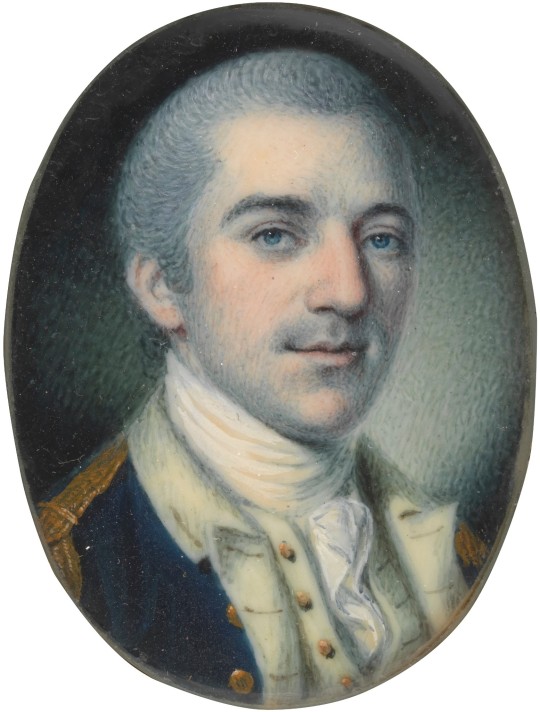
Laurens was tutored at home alongside his two younger brothers; Harry and Jemmy. He was a young artist, and began to draw, study, and learn French;
John Laurens by Charles Wilson Peale in 1780
Laurens was born October 28, 1754. He was the eldest of the five children who survived infancy. Because of this, he was his father's greatest hope at a hier, and was put through much pressure, expected from an eldest son of their days.
“Jack improves greatly in the art of the Pencil & he is diligent in all his studies & promises with great care, a capacity for making at least a good farmer.”
(source — Henry Laurens to John Lewis Gervais, [April 18, 1766])
Laurens worryingly was not showing interest in women;
“Master Jack is too closely wedded to his studies to think about any of the Miss Nanny’s I would not have such a sound in his Ear, for a Crown; why drive the poor Dog, to what Nature will irresistably prompt him to be plagued with in all probability much too soon.”
(source — Henry Laurens to James Grant, [October 13, 1767])
In the May of 1770, at age 39 years old, Eleanor Ball - Laurens's mother - died during the birth of her youngest daughter and last child, Mary Eleanor Laurens. The death largely affected Laurens;
“Poor Jack is much to be pitied. He has been almost inconsolable for the Loss of his Mother; and now he sees that another Loss must be sustained in Consequence of the first, the Loss of a year at College in Great Britain. I should have sent him there or have gone with him if this interruption of our Happiness had not prevented it.”
(source —Henry Laurens to Henry Humphreys, [May 19, 1770])
After the death of their mother, Henry took his three sons to England for their education.
In October 1771, Henry then moved with his sons to London, and Laurens was educated in Europe from the ages of 16 years old, to 22 years old. For two years beginning in June 1772, Henry placed Laurens and Harry at the home of Jean-Antoine Chais, a descendant of French Huguenots. Laurens was required to study French, Latin, and Greek and to take instruction in drawing until the end of October. During that time, he would decide whether to remain in Geneva or return to England to enroll at either Oxford, or the Middle Temple in the Inns of Court. Laurens was also now Harry's guardian, and acted as surrogate father for him.
While studying in Geneva, Laurens made a close friend and possible crush, Francis Kinloch. Whom also lived in South Carolina, but there is little that implies they met prior to their studies in Geneva, although their families were close business partners. Kinloch arrived in Geneva two years after Laurens did, in 1774, as Kinloch had recently graduated from Eton College.
Laurens's letters to Kinloch were quite affectionate. And many have compared the similarities to JL's letters with FK to AH, were much of the same emotional language and affection was used.
“It grows so late that I must bid you Adieu. Kiss all the pretty Genevoises for me, and don’t delay to write to your affectionate John Laurens.”
(source — John Laurens to Francis Kinloch, [August 23, 1774])
It seems Laurens had taken interest in becoming a physician or studying medicine, but later he submitted to his father's demand that he becomes a lawyer and study law in August 1774, when Laurens, Harry, and Jemmy would return to London. During November, Laurens began his legal studies at the Middle Temple. Henry returned to Charleston, which left Laurens as guardian to both of his brothers, who were both enrolled in British schools. And Laurens began debating with his father on the topic of emancipation.
On September 5, Laurens was out of the house to send a letter to his father when he heard from William Manning's clerk that Jemmy had been playing and jumped from a high height resulting in a fatal injury to the head. Laurens stayed with his younger brother until he died the next day. This death weighed heavily on Laurens, and he seems to have placed some blame on himself since he was taking care as Jemmy's guardian at the time. And his father seemed to have faulted him as well. Laurens spiraled into a depression, and eventually fell ill during the September-October.
Unfortunately later on, Kinloch and Laurens would come to have major disputes and political disagreements as their correspondence grew, since the American Revolution was beginning to brew and the conversation of republicanism and monrachy were more discussed than ever. Laurens was an avid patriot, but Kinloch was a loyalist. The two would engage in a series of debates over loyalty to the king and a democracy government, through April and September of 1776. The clashing viewpoints would soon be the downfall to their long-term relationship, and the friendship was cut off.
On October 26, 1776, Laurens married Martha Manning. The two were friends, as Manning came from a family that also conducted business with the Laurens'. Yet, the marriage was loveless and seems to have only been a cover-up to protect Manning's honor from what was likely a drunk one night stand, as Manning was pregnant with their only child;
“I should inform you of an important change in my circumstances. Pity has obliged me to marry but a consideration of the duty which I owe to my country made me choose a clandestine celebration, lest the father should insist upon my stay in this country as a condition of the marriage the matter has proceeded too far to be longer concealed, and I have this morning disclosed the affair to Mr. Manning in plain terms reserving to myself the right of fulfilling the more important engagements to my country. It may be convenient on some accounts that the matter should be kept secret till you hear next from me, & you will oblige me by keeping it so.”
(source — John Laurens to James Laurens, [October 25, 1776])

Marriage record for John Laurens and Martha Manning
Laurens was still itching to leave England and was determined to join the Continental Army and fight for the American cause. So, rather than to complete law school in England and raise a family there. Against his father's wishes, Laurens packed his things and took a ship for Charleston in the December of 1776, leaving his pregnant wife behind in London with her family. Frances Eleanor Laurens, the only child of Manning and Laurens, was born sometime in the January of 1777. Laurens arrived at Charleston in April, during the summer he accompanied his father from Charleston to Philadelphia. Where his father was to serve in the Continental Congress. Henry, having given up on preventing Laurens from enlisting, used his influence to obtain a position of honor for his son. Then George Washington invited Laurens to join his staff in early August, as a volunteer aide-de-camp;
“I mean to delay the actual Appointment of my fourth Aide de Camp a while longer; but if you will do me the honour to become a member of my Family, you will make me very happy, by your Company and assistance in that Line as an Extra Aid and I shall be glad to receive you in that capacity whenever it is convenient to you.”
(source — George Washington to John Laurens, [August 5, 1777])
Upon joining the army, Laurens became close friends with many of his fellow aide-de-camps. But was particularly close with Alexander Hamilton and the Marquis de Lafayette. Laurens also then quickly became known for his reckless conduct, and passionate courage. As his first display of battle on September 11, 1777, at the Battle of Brandywine during the Philadelphia campaign. Lafayette claimed; “It was not his [John Laurens's] fault that he was not killed or wounded at Brandywine, he did everything that was necessary to procure one or t'other,”
This rash pattern of gallantry continued as Laurens was wounded at the Battle of Germantown, October 4, 1777;
“Washington's forces surprise-attacked the British north of Philadelphia. At one point, the Americans were stymied by a large stone mansion occupied by the enemy. After several attempts to take the building failed, Laurens and a French volunteer, the chevalier Duplessis-Mauduit, came up with their own daring plan. They gathered some straw to set on fire and place at the front door of the house. According to another officer's account of Laurens's actions that day, ‘He rushed up to the door of Chew's House, which he forced partly open, and fighting with his sword with one hand, with the other he applied the wood work a flaming brand, and what is very remarkable, retired from under the tremendous fire of the house, with but a very slight wound.’ Laurens was struck by a musket ball that went through part of his right shoulder, and he made a sling for his arm from his uniform sash.”
(source — Valley Forge)
Laurens also would begin the fondest relationship of his with Hamilton. They exchanged many flowery letters during the several years when different assignments. While emotional language was not uncommon in romantic friendships among those of the same gender in this historical period, Hamilton biographer, James Thomas Flexner, stated that the intensely expressive language contained in the Hamilton-Laurens letters “raises questions concerning homosexuality” that “cannot be categorically answered”.
“Cold in my professions, warm in ⟨my⟩ friendships, I wish, my Dear Laurens, it m⟨ight⟩ be in my power, by action rather than words, ⟨to⟩ convince you that I love you.”
(source — Alexander Hamilton to Lieutenant Colonel John Laurens, [April 1779])
Laurens's bravery must have been promising, as just two days after the Battle of Germantown, on the 6th, Laurens was given his official appointment as one of General Washington's aides-de-camp, and was commissioned with the rank of Lieutenant Colonel. Between November-December, Washington and several aides, including Laurens, were quartered at the Emlen House, north of Philadelphia in Camp Hill, which served as Washington's headquarters through the Battle of White Marsh.
The horrid winter at Valley Forge came between 1777–1778, where Laurens met Baron Von Steuben and seemed to have admired him some;
“Baron Steuben is making sensible progress with our soldiers. The officers seem to have a high opinion of him…It would enchant you to see the enlivened scene [of camp at Valley Forge]…If Mr. [Sir William] Howe opens the campaign with his usual deliberation, we shall be infinitely better prepared to meet him than we have ever“
(source — John Laurens to Henry Laurens, [April 1, 1778])
In early 1778, Laurens advised his father to use forty slaves he stood to inherit as part of a brigade. Henry reluctantly granted the request, but with reservations that caused postponement of the project.
Laurens marched with the army to New Jersey with the rest of the Continental Army at the end of June 1778, to face the British at the Battle of Monmouth. Near the start of battle, Laurens had his horse shot out from under him while he did reconnaissance for Baron von Steuben.
The Battle of Monmouth was a messy battle, and one that caused disputes between loyal followers to Washington and others who sided with Charles Lee. After Laurens heard Lee's slander and offensive remarks of Washington's character, a duel was challenged. And on December 23, 1778, Laurens engaged in a duel with General Lee just outside Philadelphia. Lee was wounded in the side by Laurens's first shot and the affair was ended by the men's seconds, Alexander Hamilton and Evan Edwards, before Laurens or Lee could fire a second shot.
“You have seen, and by this time considered, General Lee’s infamous publication. I have collected some hints for an answer; but I do not think, either that I can rely upon my own knowledge of facts and style to answer him fully, or that it would be prudent to undertake it without counsel. An affair of this kind ought to be passed over in total silence, or answered in a masterly manner.”
(source — John Laurens to Alexander Hamilton, [December 5, 1778])
In 1779, when the British threatened Charleston South Carolina; Governor John Rutledge proposed to surrender the city, under the condition that Carolina become a neutral state in the war. Laurens strongly opposed the idea and fought with Continental forces to repel the British. On May 3, 1779, the Battle of Coosawhatchie took place; where Colonel William Moultrie's troops, outnumbered two to one, faced 2,400 British regulars under General Augustine Prévost, who had crossed the Savannah River. Laurens was wounded in the Battle, and his second in command fell back to the main force at the Tullifinny, where Moultrie was compelled to retreat towards Charleston.
And in the fall Laurens fought at Battles of Savannah and Charleston, where he commanded an infantry regiment in General Benjamin Lincoln's failed assault on Savannah, Georgia.
Laurens was soon taken prisoner by the British in May of 1780, after the fall of Charleston. As a POW, he was shipped to Philadelphia, where he was paroled with the condition that he would not leave Pennsylvania, which was generous due to his rank. Laurens became severely depressed during his capture. In Philadelphia, Laurens was able to visit his father. But when Henry would soon take ship for the Netherlands as American ambassador, in search of loans — during the voyage to his post, Henry's ship was seized by the British, resulting in his own imprisonment in the Tower of London.
Laurens was determined to return to South Carolina, and in the expectation of being freed by a prisoner exchange in November 1780, Laurens wrote to Washington and requested a leave of absence from his service as aide-de-camp, to which Washington accepted.
But after such Laurens was unwillingly appointed by Congress in December 1780 as a special minister to France. He wanted to return to the South, as he had originally refused the post and proposed Hamilton as the more suitable candidate. Yet, despite all his efforts; Laurens was ultimately persuaded by both Hamilton and Congress to accept the post.
The following year, in March, Laurens and Thomas Paine arrived in France to assist Benjamin Franklin, who had been serving as the American minister in Paris since 1777. Together, they met with King Louis XVI, among others. Laurens gained French assurances that French ships would support American operations that year; the promised naval support was later to prove invaluable at the Siege of Yorktown.
Laurens returned from France in time to see the French fleet arrive and to join Washington in Virginia at the Siege of Yorktown. He was given command of a battalion of light infantry on the 1st of October, 1781, when the previous commander was killed. Laurens, under the command of Hamilton, led the battalion.
Unfortunately, August 27, 1782, at the age of 27 years old; Laurens was fatally shot from his saddle during the Battle of the Combahee River, as one of the last casualties of the Revolutionary War. Laurens prior had been confined to bed at Wappoo Creek with a raging fever for several days, possibly due to malaria. When he learned that the British were sending a large force out of Charleston to gather supplies.
Eleanor Laurens (Nelly)
Nelly was born in 1755, and died in April 1764.
Martha Laurens (Patsy)

Martha Laurens by John Wollaston in 1767
Martha was born November 3, 1759. As an infant, she almost died of smallpox and was nearly buried actually, but the doctors determined she was alive last minute;
“In the first year of [Martha’s] life she had the small pox so severely that she was supposed to be dead, and as such was actually laid out preparatory to her funeral. This was done under an open window, instead of the close room in which she had been kept, according to the absurd mode of treating the small pox in 1760. Dr. Moultrie, coming in at this crisis, pronounced her to be still alive, probably recalled to life by the fresh air of the open window. Under other circumstances she would shortly have been buried, as was then commonly done, with persons who died of the small pox in that year of extensive mortality. A valuable life was thus providentially saved for future usefulness.”
(source — Memoirs of Eminently Pious Women of Britain and America, Volume 1)
Patsy was eager to learn from a very young age, and could read by age three. She learned basic colonial women education and manners;
“Patsy is forward in her learning, she reads well & begins to write prettily, is not dull in the french Grammar, & plays a little on the Harpsichord, but better than all, she handles her needles in all the useful branches & some of the most refined parts of Womens work & promises me to learn to make minced Pies & to dress a Beef Steak.”
(source — The Papers of Henry Laurens)
After her mother's death in the May of 1770, her older brother, John Laurens, began to teach her, and even helped her dabble in art;
“I feel an irrestible pleasure result from seeing him act the part of a kind & able friend & Brother to a Sister of 11 Years Old who is now advancing fast in French & is as much a Mistress of English Grammar as any Girl of her age through his assistance. Besides this he brings on a little Harry & Jamie in their learning too.”
(source — Henry Laurens to James Grant, [November 24, 1770])
She was very smart and ambitious despite the restrainment of her sex.
But shortly after, Patsy was sent to live with her uncle, James Laurens. In 1775, Martha and her younger sister, Mary Eleanor Laurens, moved to England with their uncle. However, when the politics became overwhelming, they moved to France.
Though due to Patsy being away in Europe, she wrote and experienced little of the American revolution. During the war, her father, Henry became president of the Second Continental Congress in Philadelphia 1777-1778. Later on, while on a diplomatic mission to Europe, he was captured at sea by the British and imprisoned in The Tower of London. In 1782, after his release, Henry joined Patsy and the rest of the family in France. Martha spent 1783 and 1784 with her father, assisting him with treatment of his gout. And helped console him with depression after the death of John Laurens.
She described his depressive states as;
“I can perceive his heart is bowed down, & he does indeed stand in need of some kind friend to soothe his Sorrows, I wish I were more adequate to the task, but notwithstanding my sincere desire to be his Comforter, my own heart is so heavy, that it is sometimes as much as I can do to appear tolerably cheerful. You know how greatly I was affected by the late melancholy Event in our family. Time, instead of alleviating this Grief, makes me every day more and more feel my loss.”
(source — John Laurens and the American Revolution, by Gregory D. Massey)

David Ramsay by Charles Willson Peale, 1771
In 1784, Patsy sailed back to Charleston, where she met her father's physician, David Ramsay. They were married on January 28, 1787. They had twelve children, with only eight surviving. Patsy was described as being a very patient, affectionate, and educating mother. She taught her children French, and the virtues of Locke and Witherspoon. She was also very religious, and raised her children under strong Christian beliefs and values.
As Ramsay's wife, Martha experienced financial hardship; Ramsay declared insolvency in the late 1790s, and was sued by Martha's brother, Harry, in bankruptcy proceedings. She felt that her faith was being tested, leading her to a sense of religious resignation.
Patsy and her husband adopted her niece, Frances Eleanor Laurens, the daughter of her late brother John Laurens, after his death as one of the last casualties of the Revolutionary War and his wife's death in Europe.
Martha died around 4pm, June 10, 1811 in Charleston, at the age of 51 years old. She was buried in the churchyard of the Circular Congregational Church in Charleston. Six weeks after her death, her diary and private letters were published by her husband, under the title Memoirs of the Life of Martha Laurens Ramsay.
#I will have to reblog this with the rest of the kids because Tumblr is crashing too much to load this whole ass thing#amrev#american history#american revolution#historical john laurens#john laurens#history#henry laurens jr the first#martha laurens ramsay#patsy laurens#Eleanor laurens#queries#Cicero's history lessons#sincerely anonymous#laukids#laurens family#laurens siblings
32 notes
·
View notes
Text
@battleofbunkerhill
#amrev#amrev fandom#american revolution#martha washington#elizabeth schuyler hamilton#dolly madison#elizabeth monroe#eleanor laurens#peggy shippen#18th century fashion
6 notes
·
View notes
Text
fell madly in love with @stasiaorleanka 's idea of alex n john reincarnated as girls and so in average Doli fashion im obligated to draw at least one of them
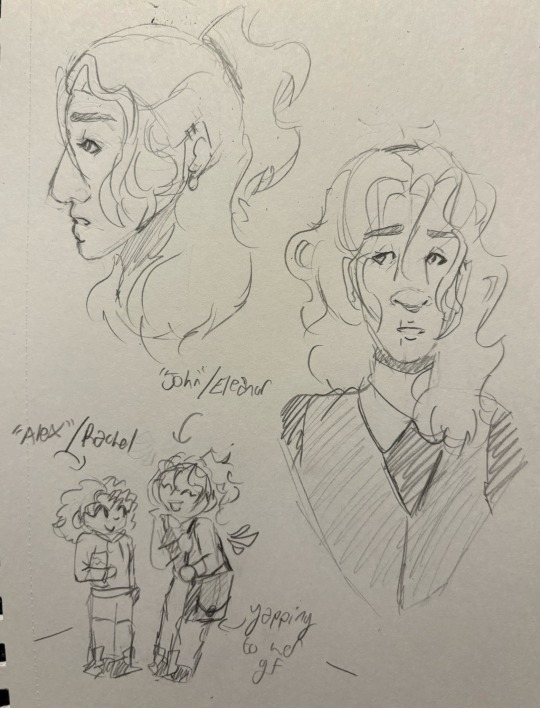
#joining my love for women and JL together with this one gang#im so in love with her i could treat her right#eleanor..eleanor pls i could treat you right...#/j for legal reasons#alexander hamilton#john laurens#amrev au#lams#my art
25 notes
·
View notes
Text







girls and their mothers
[polyfilla by greta isaac / fleabag / tobacco in my sheets by lauren aquilina / succession / class of 2013 by mitski / everything everywhere all at once directed by the daniels / the good place
in the family [2/?]
#in the family#web weaving#fleabag#phoebe waller bridge#succession#shiv roy#greta isaac#lauren aquilina#eeaao#joy wang#evelyn wang#the good place#eleanor shellstrop
115 notes
·
View notes
Text








not to be dramatic but the twd ladies didn’t have to go THIS hard on the red carpet 🧟❤️
#the walking dead#twd finale#emily kinney#christian serratos#eleanor matsuura#Lauren cohan#paola lázaro#lauren ridloff#nadia hilker#cassady mcclincy#beth greene#rosita espinosa#yumiko#maggie greene#princess twd#Connie twd#magna twd#lydia twd
270 notes
·
View notes
Text

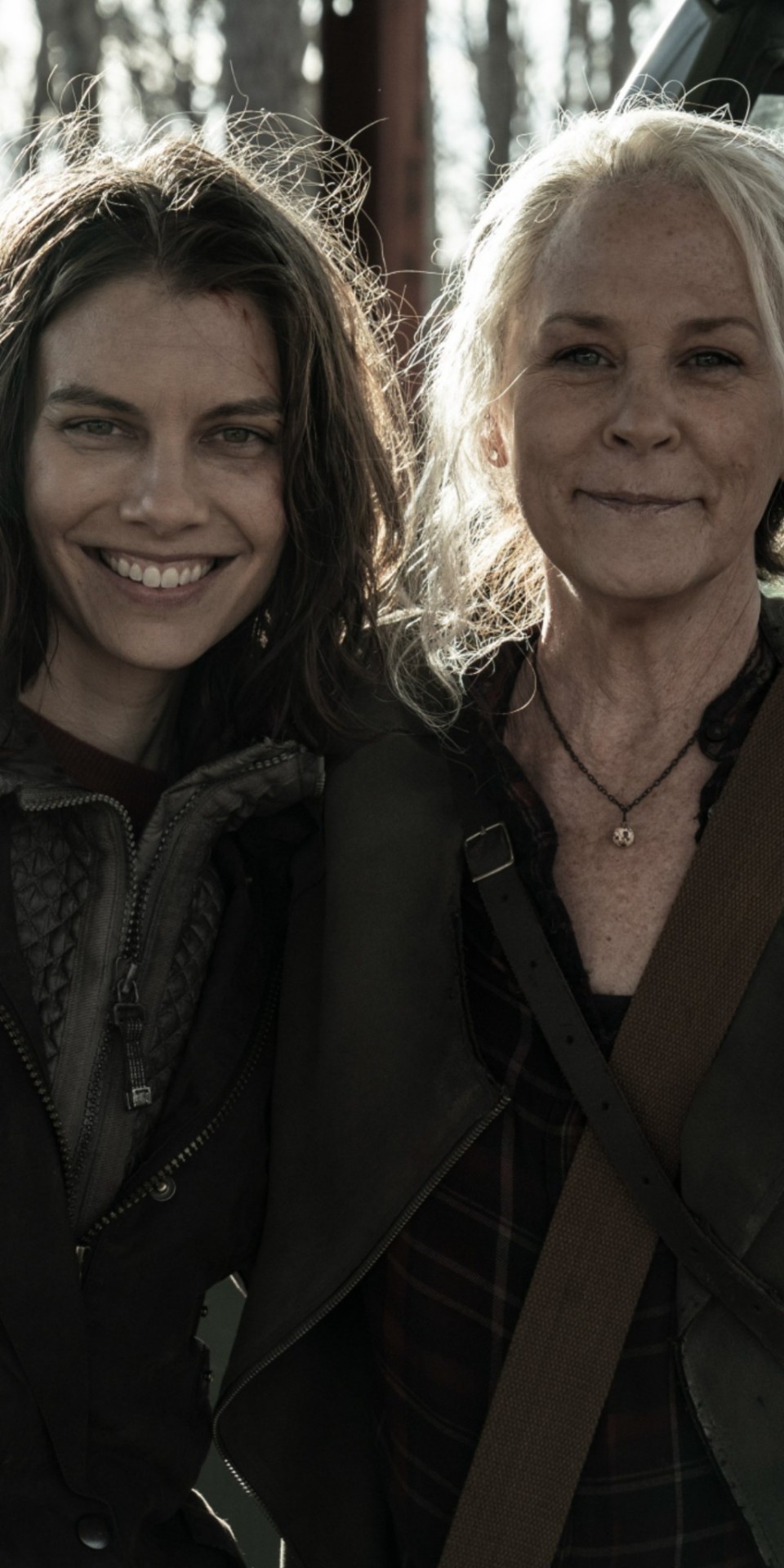
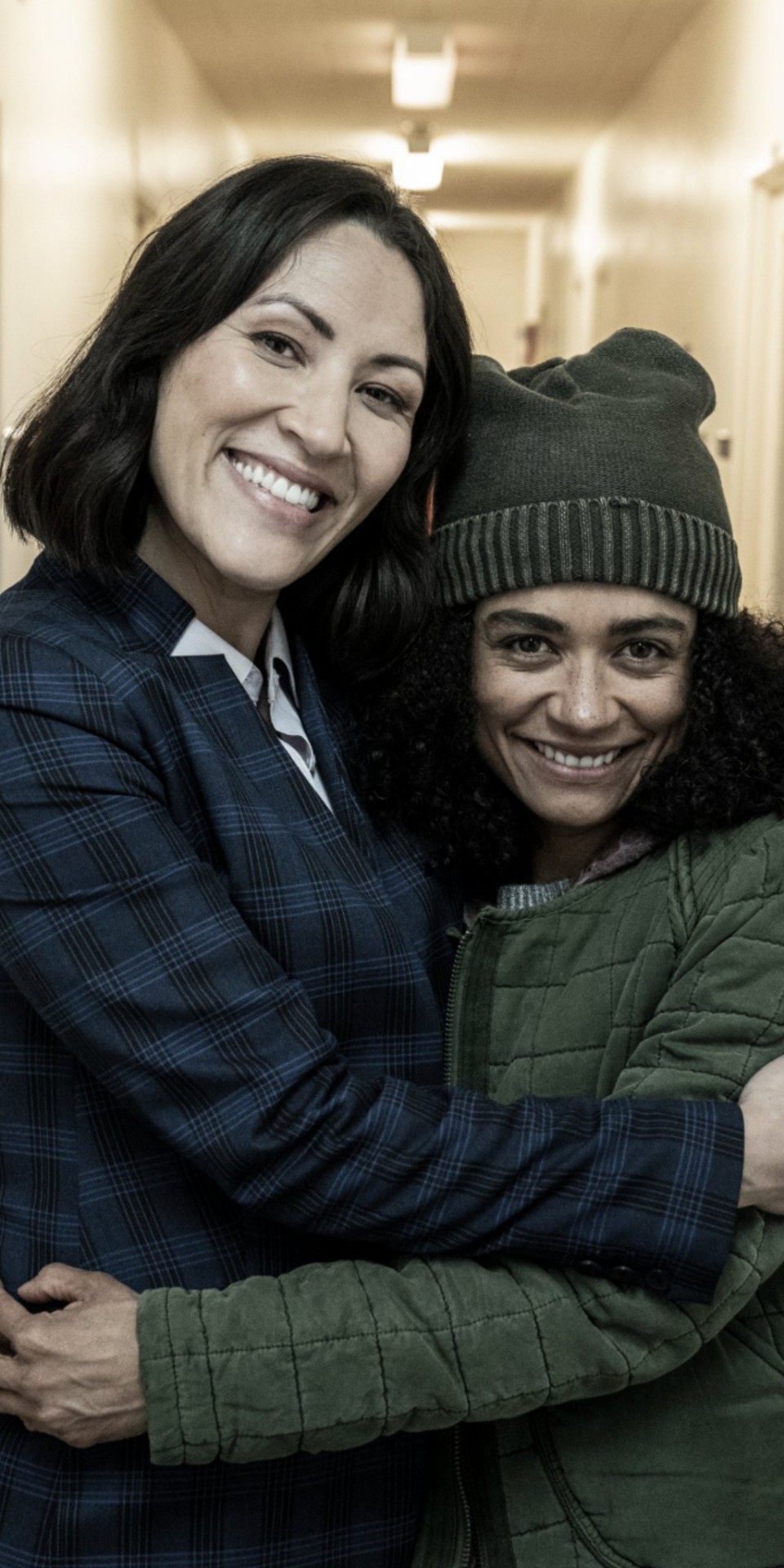
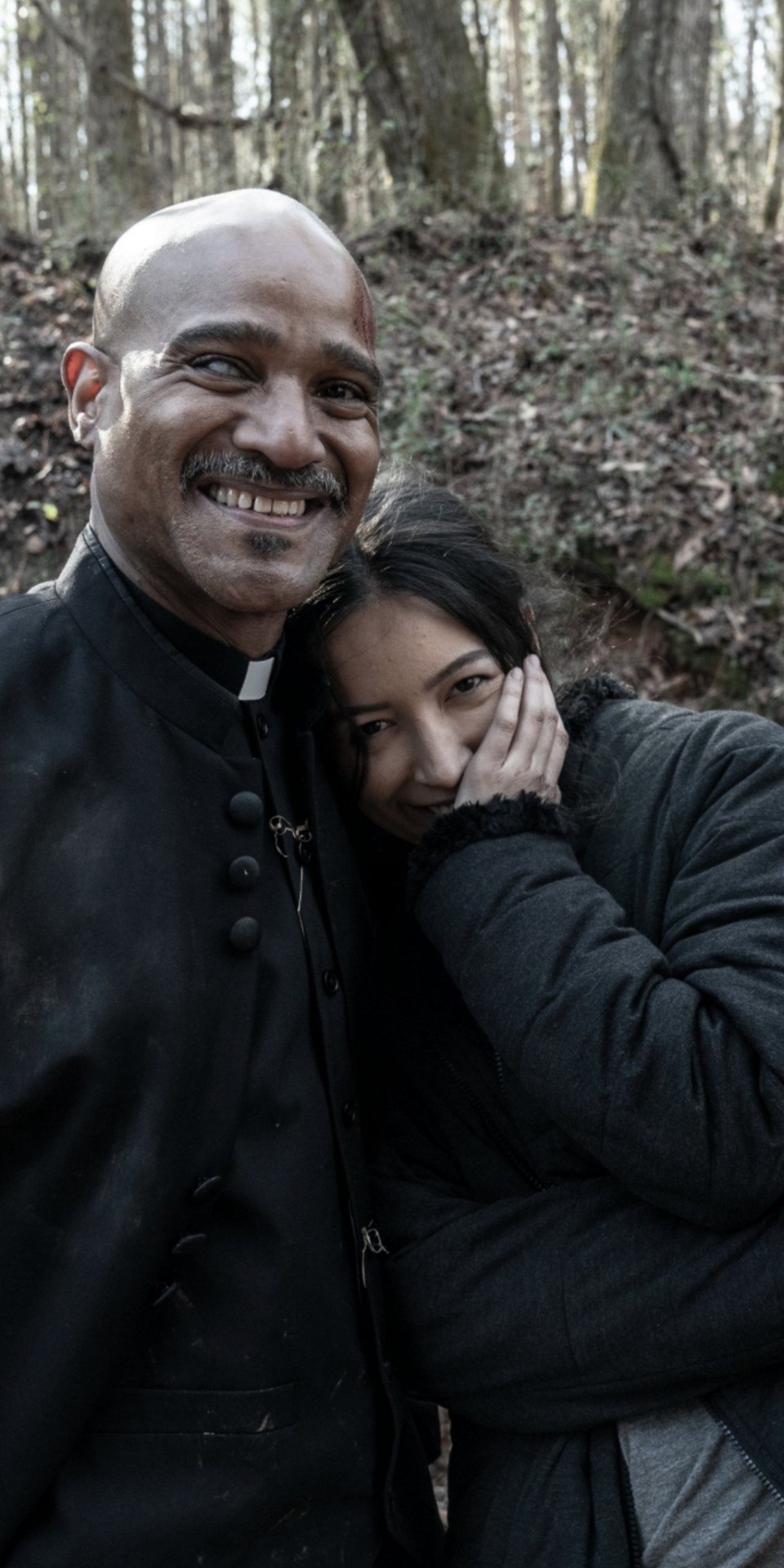

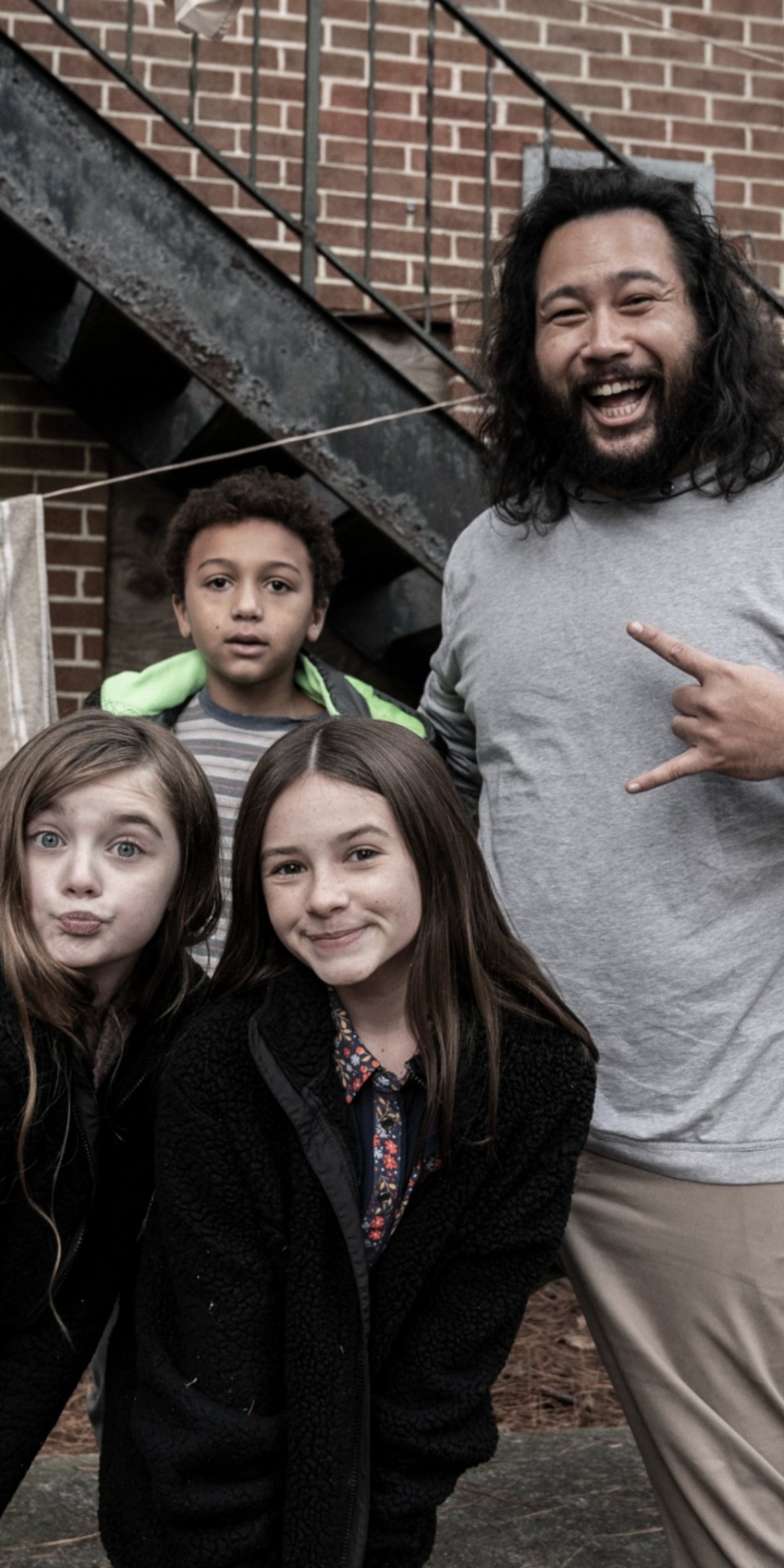
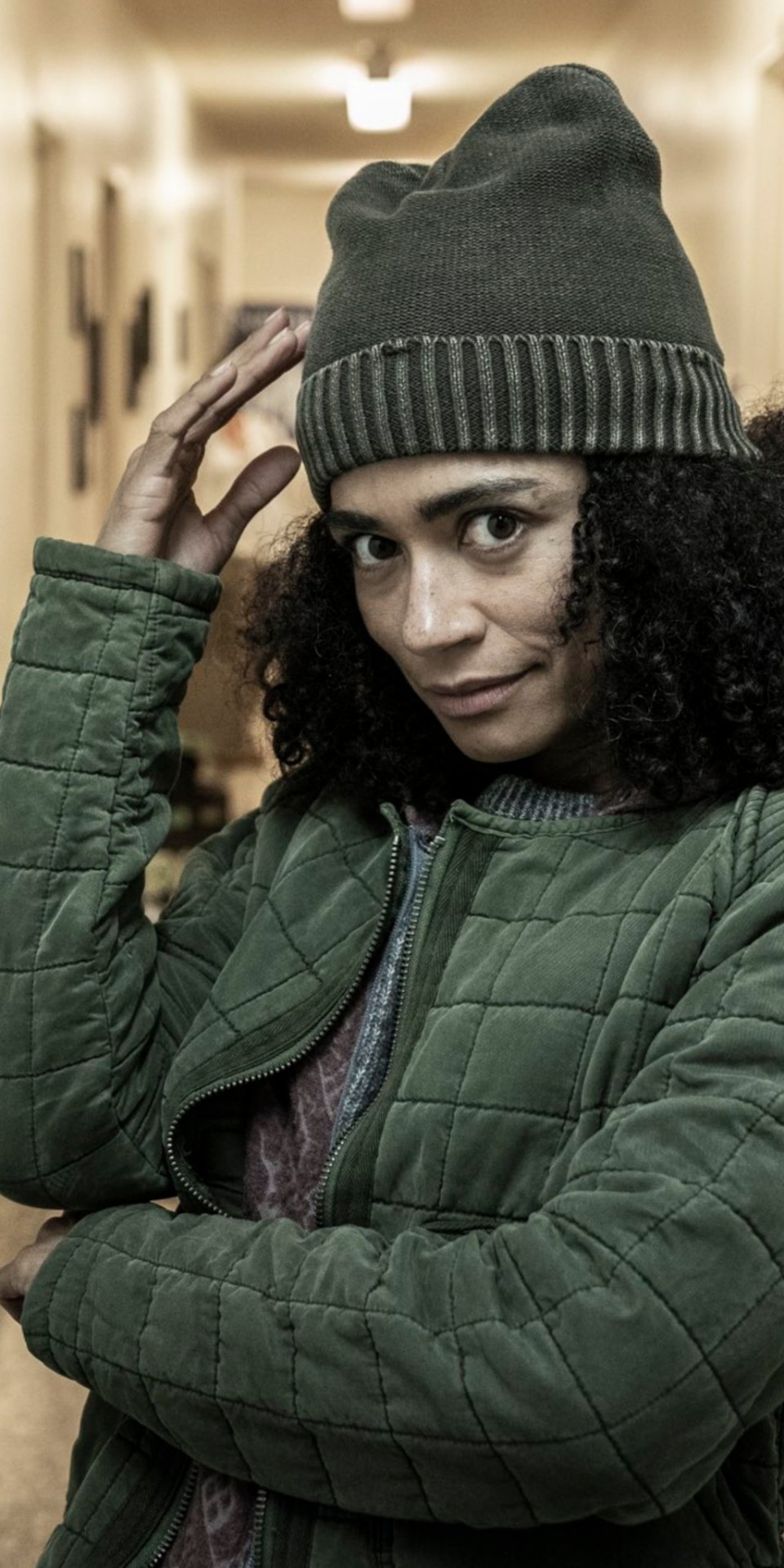

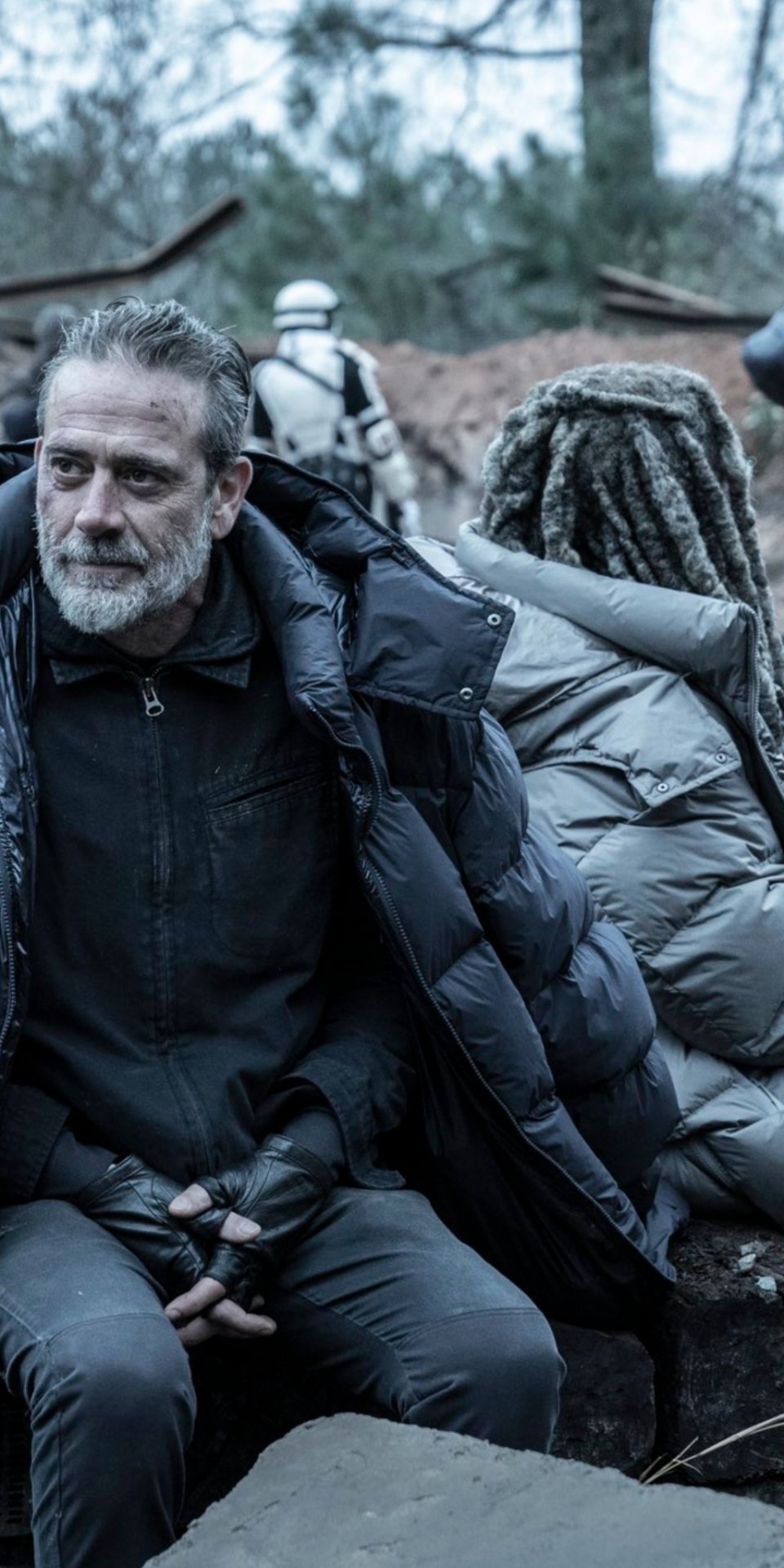
THE WALKING DEAD CAST - SEASON 11
like
#the walking dead#the walking dead lockscreens#twd#twd lockscreen#twd wallpaper#lauren cohan#melissa mcbride#lauren ridloff#jeffrey dean morgan#christian serratos#lauren cohan lockscreens#jeffrey dean morgan lockscreens#twd edit#khary payton#seth gilliam#cooper andrews#cailey fleming#eleanor matsuura#lockscreens#amc the walking dead#wallpapers#lockscreen#wallpaper#norman reedus#twd season 11#maggie rhee#carol peletier#judith grimes#rosita espinosa#negan smith
198 notes
·
View notes
Note
Do you think Laurens would have been a good dad if he met Frances?
"Good" is such a loaded term here, because what that meant back then and what it means now differ in a few significant ways. Overall, I think John Laurens would have done all of the things that were required of him as a parent, so in that way, my answer is yes - he would probably have been a good father by the standards of his day. But let’s explore a little more deeply what that would actually have meant.
The primary duties of a father in the 18th century included financially supporting his family, providing moral or spiritual guidance, educating his children, and instilling the proper virtues and values that would guarantee a successful life. While fathers generally focused more of their attention on their sons, especially where it came to education, this was not a firm rule, and it was not unheard of for daughters to be actively raised and educated by their fathers.
John would have had a good role model for single-fatherhood from his own father. After Eleanor Laurens died in 1770, Henry took on the responsibility of raising and educating his children himself. His focus, unsurprisingly, was on his sons. But although Martha and Mary Eleanor did not join their father and brothers on the 1771 journey to England to further the boys' education, Henry also arranged tutors for them and encouraged their focus on intellectual pursuits in tandem with learning the skills and crafts that women were expected to know. Martha especially was known to be intelligent and curious.
John also had plenty of first-hand experience in some of the practicalities of raising children, since he had been assigned to manage his brothers' education, finances and living arrangements while abroad - not to mention the supervisory role he played for his cousin, Molsy Bremar, and various other young South Carolinians in the Laurens's orbit, like Jackie Petrie. This responsibility came with plenty of instructions from Henry, but John carried out these duties well, and his judgement was trusted.
But what precisely might John have done if a six-year-old Frances was delivered to his doorstep in 1783?
I highly doubt that John would have taken on the full scope of parental duties himself. For one, he would just not have had the time in between finishing his studies, getting involved in politics, securing an income stream in the wake of his family’s ruined finances, supporting his younger siblings and sick father, and so on. Additionally, he would not have felt he was equipped to provide the guidance Frances should get from her mother. So I suspect that Frances would have ended up precisely where she did - in the care of her aunt Martha - with John playing a guiding and supervisory role over critical points of her education and upbringing, while leaving the rest of the childcare to his sister. This arrangement would have been considered normal and sensible, and would have provided Frances with the stable home life she is unlikely to have found at her father’s side.
As for the emotional connection John would have felt, which certainly would have been part of the "good father" package, it's hard to speculate. John was considerate, loving and affectionate to his siblings, even to his youngest sister, whom he barely knew - but he did not always show compassion to his cousin Molsy, or to his wife. And Frances herself barely warrants a single mention in his surviving correspondence.
On balance, I do think he would have made an effort to show love and care to Frances, but whether it would have been a genuine feeling or just an expression of his duty and values is not something I think we will ever know.
76 notes
·
View notes
Photo



(4) NEW YORK, NEW YORK - OCTOBER 08: Jeffrey Dean Morgan, Norman Reedus, Michael James Shaw, Paola Lazaro, Lauren Cohan, Lauren Ridloff, Eleanor Matsuura and Scott M. Gimple attend the "The Walking Dead" during the 2022 PaleyFest NY at Paley Museum on October 08, 2022 in New York City (Photo by John Lamparski/Getty Images)
#jeffrey dean morgan#jdmorgan#negan#norman reedus#daryl#michael james shaw#mercer#paola lazaro#princess#lauren cohan#maggie#lauren ridloff#connie#eleanor matsuura#yumiko#scott m gimple#The Walking Dead#the walking dead family#paleyfest2022
158 notes
·
View notes
Text

laurens siblings chart (updated! :D)
i've been working on this for a couple of weeks now, and its finally here !! wanted to update the laurens kids chart i did 2(ish) years ago (old one here:) - this time im adding color and both kid/adult versions for the ones that reached adulthood as i tend to draw the majority of them as when they were children too :) hope yall enjoy it !!!🌷
(chronological order goes from top left to bottom, finishing with polly, who was the youngest of the siblings)
-
small disclaimer just in case: this is not an historically accurate representation of the real laurens kids' physical appearances. there are only a few who were described or had portraits done, and even they can be inaccurate sometimes. take this sheet is mostly a reference for character consistency and to identify them on the drawings in my blog :] )
small disclaimer 2: the nickname "henri" for the first henry jr. is only to differentiate him from "harry" (the second henry jr.)- there is no historical evidence of this nickname being used for henry jr the first.
#john laurens#historical john laurens#laurens siblings#laurens family#henry laurens jr#james laurens#martha laurens#eleanor laurens jr#mary eleanor laurens#henry laurens jr. the first#laukids#my art#gonna add the link to the old chart as well just in case you wanna see it too !
233 notes
·
View notes
Text

Soldier's daughter
#Experimenting with my art style again woo#amrev#american history#frances eleanor laurens#frances laurens#my art#art
131 notes
·
View notes
Text
Happy 268th Birthday to John Laurens,
a man whom I find very relatable
A Portrait of Eleanor Laurens and Baby John:

Inspired by this 1779 portrait

#john laurens#eleanor laurens#my art#i know i can't draw#especially faces#but I wanted to draw laurens in a dress#also love the pose in the 1779 portrait#so i made 1754
11 notes
·
View notes
Photo
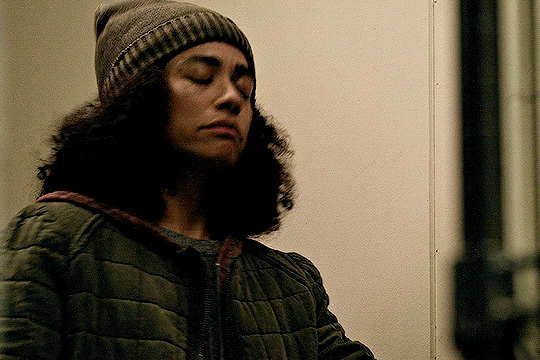


We can’t risk seeing each other again.
#connie twd#yumiko twd#yumiko okumura#eleanor matsuura#lauren ridloff#twd#the walking dead#twdedit#twdgifs#thewalkingdeadgifs#dailytwd#twds11#twd s11 spoilers#twd spoilers#tvedit#usercoty#femaledaily#dailytvwomen#twdladiesdaily#twd1120#*#screams in Sisters
113 notes
·
View notes
Photo







#The Walking Dead#nycc22#Norman Reedus#lauren cohan#lauren ridloff#paola lázaro#eleanor matsuura#michael james shaw#Jeffrey Dean Morgan#entertainment weekly#photoshoot#portrait
86 notes
·
View notes
Text
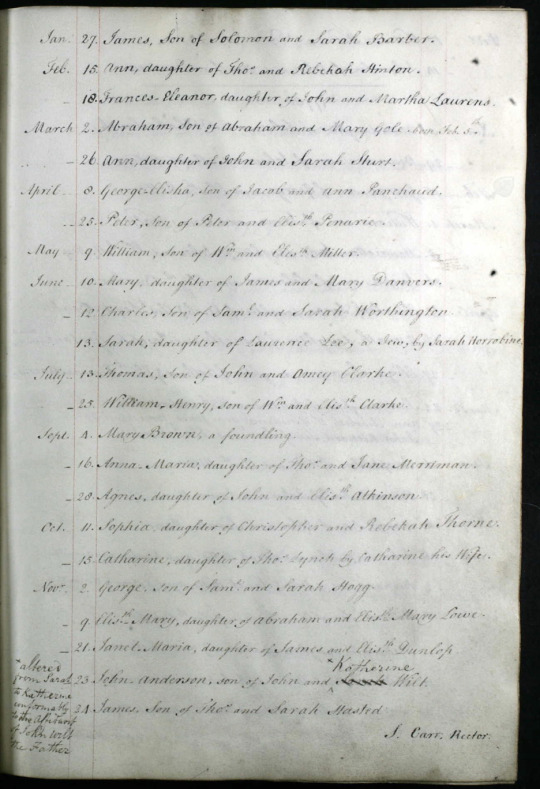
On this day in 1777, “Frances Eleanor, daughter of John and Martha Laurens” was baptized at Saint Andrew Undershaft church in London. This record of her baptism is from the London Metropolitan Archives.
31 notes
·
View notes
Text


Questions & Actors with Eleanor Matsuura and Lauren Ridloff
#eleanor matsuura#lauren ridloff#yumiko okumura#connie twd#the walking dead#twd cast#i love them. so much.
57 notes
·
View notes
Text
The doll of Mary Eleanor Laurens
Some great women has their own Barbies, Mary Eleanor Laurens got a doll.
Published by the Columbia Record, May 04 1970.
Dolls Wear Fashions Seen In S.C. From 1770-1870
... Representing Mrs. Charles Pinckney (Mary Eleanor Laurens) this doll wears a gown of striped silk with turquoise velvet redingote designed as a calling costume. The matching turban in rose, blue, white and black stripe is typical of the period. Her husband was governor for three terms between 1789-1808. The dress was made by Mrs. C. Laney Talbert.
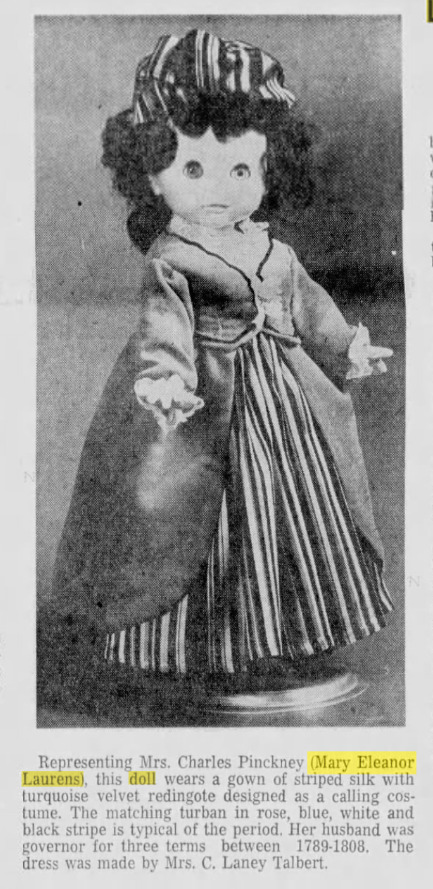
This was a project from the Democratic Women's Council from S.C., they were thirty dolls given by the Horsman Doll Company, planned to represent wives of State's Governors'.
The exhibition was made for the Tricentennial Celebration of 1970. They were on display on the Columbia's Tricentennial Celebration Center on the grounds of the Hampton-Preston Home on Blanding Street.
Using my inexistent edition abilities, I colored the picture to show how it might had looked like:

The credit for the conservation and digitalization of the newspaper and its picture belongs to Newspapers.com by Ancestry, the use of it is exclusively for personal uses.
#laurens family#mary eleanor laurens#polly laurens#laurens siblings#fashion history#american history#honestly the dress looks absolutely cute in my opinion
56 notes
·
View notes